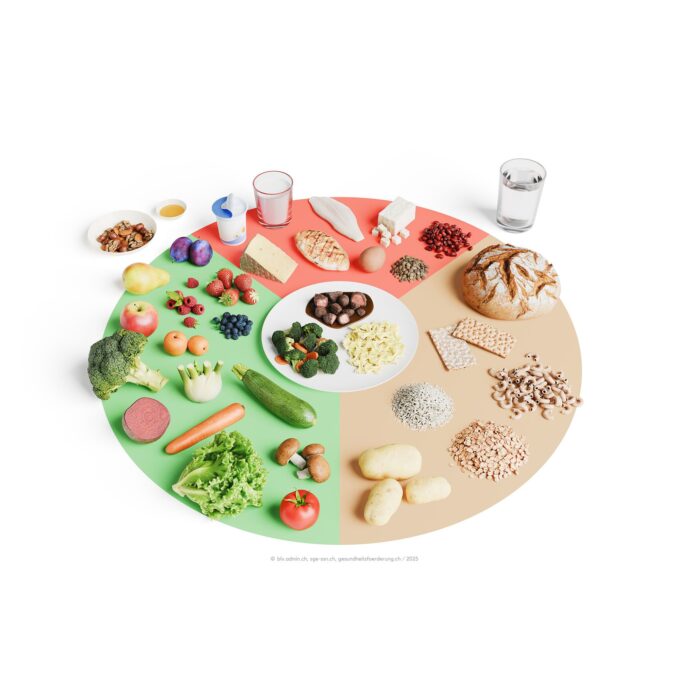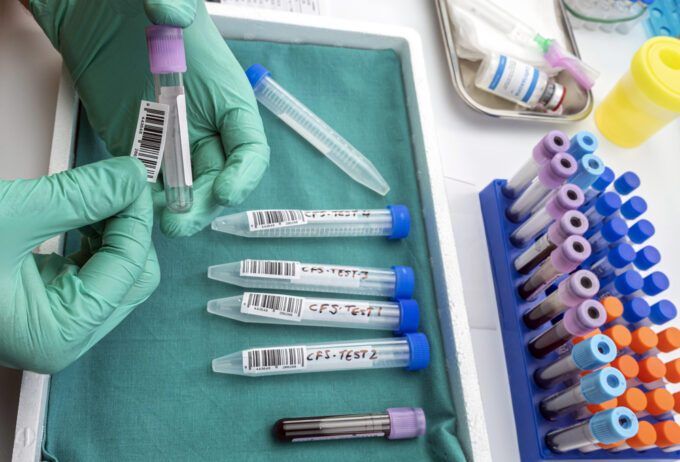Sleep apnea campaign aims to prevent accidents
If a person suffers from sleep apnea, their breathing stops repeatedly during the night. This impairs the depth and quality of sleep, resulting in pronounced daytime sleepiness. If the condition remains untreated, there is a risk of microsleep and accidents at the wheel. Around World Sleep Day on March 17, the Lung League provides information about sleep apnea.

More than 150,000 people in Switzerland suffer from short pauses in breathing during sleep, so-called sleep apnea. However, many of those affected are not aware of this. They are not aware of the interruptions, which can occur up to several hundred times during the night, but they still disturb the quality of sleep. The immediate consequences are daytime sleepiness, drowsiness and concentration problems. This can become dangerous if those affected fall asleep at the wheel. Longer-term consequences can also include metabolic disorders and cardiovascular diseases.
Avoid accidents thanks to diagnosis
A recent evaluation by the Swiss Lung League and the University Hospital of Zurich shows that the previous information efforts of the Lung League are bearing fruit: almost 200,000 people filled out the online Sleep apnea risk test of the Lung League. Many of the participants suffered from drowsiness and showed symptoms of sleep apnea, which were associated with an increased risk of accidents. Thanks to the Lung League's campaigns, they were made aware of sleep apnea, which enabled it to be diagnosed and treated, and possibly also helped to prevent road traffic accidents.
Also this year, the Lung League informs in March in various cantons with a campaign and regional activities about the sleep apnea syndrome. An important part of the campaign is the Sleep apnea risk testwhich gives the first indications of a possible disease.
CPAP therapy works
With the right therapy, people suffering from sleep apnea can live independently and largely free of symptoms. The most effective treatment for sleep apnea is CPAP therapy (continuous positive airway pressure). This involves continuously blowing air at a slight positive pressure into the airways during the night via a breathing mask to keep them open. This prevents the pauses in breathing and restful sleep is possible again. The Lung League advises those affected on the choice of mask and device and helps to integrate the therapy into everyday life.
Text: Swiss Lung League









